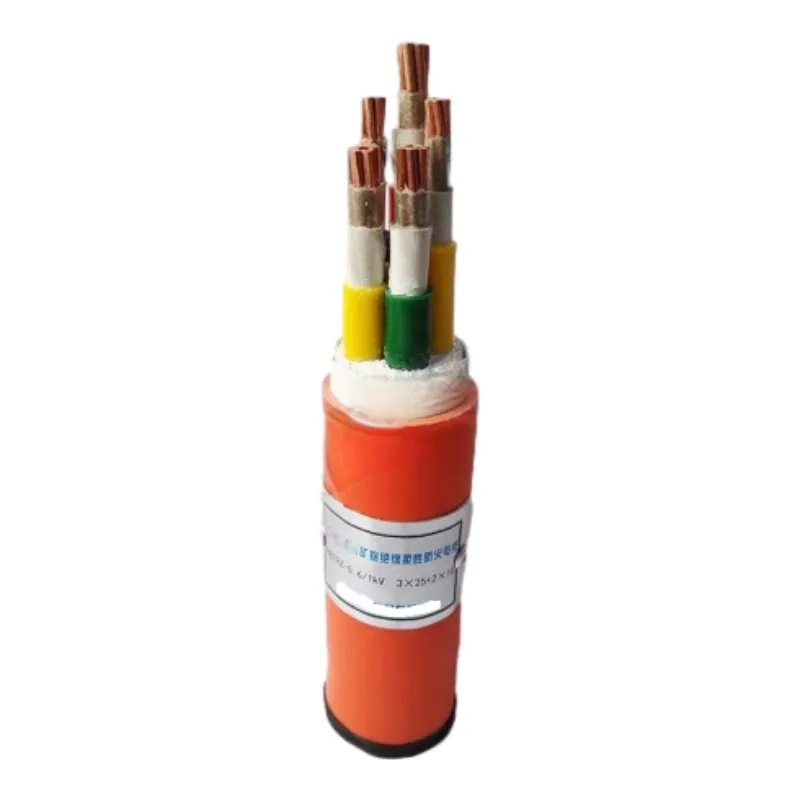10 月 . 10, 2024 21:58 Back to list
Automated Control Systems for Enhanced Performance of Gate Valves in Industrial Applications
Understanding Actuated Gate Valves Key Insights
Actuated gate valves are essential components in various industrial applications, particularly in fluid and gas control systems. These valves are designed to allow or restrict flow in a pipeline and are characterized by their ability to provide a full, unobstructed flow path when fully opened. This article delves into the fundamental aspects, functionality, advantages, applications, and maintenance practices associated with actuated gate valves.
Functionality and Mechanism
Gate valves operate by lifting a gate out of the path of the fluid. The mechanism is simple yet effective when the valve is fully open, the flow path is completely unobstructed, allowing for maximum flow and minimal pressure drop. Actuation refers to the method used to open or close the valve—a process typically accomplished through the use of electric, pneumatic, or hydraulic systems.
These actuators provide precise control over the valve's position, enabling remote operation and automation in complex systems. The choice of actuator often depends on the application’s specific requirements, including factors such as the type of fluid being controlled, pressure levels, and ambient conditions.
Advantages of Actuated Gate Valves
One of the primary benefits of actuated gate valves is their ability to handle high flow rates and pressures
. Because they have a linear motion, they are capable of sealing tightly when closed, making them effective for applications that require a tight shutoff. Furthermore, the automation aspect significantly enhances operational efficiency—reducing the need for manual intervention and allowing for integration into automated control systems.The ability to operate remotely via actuators also provides greater safety. In environments where hazardous materials are present, an actuated gate valve can be controlled from a safe distance, minimizing risk to personnel. Moreover, actuators can be equipped with feedback systems to provide real-time status updates, enabling better monitoring and control.
actuated gate valve

Applications
Actuated gate valves are widely employed in diverse industries, including oil and gas, water treatment, chemical processing, and power generation. In the oil and gas sector, for instance, they are crucial for the management of crude oil, natural gas, and refined products, ensuring efficient and safe handling of these resources.
In water treatment facilities, gate valves control the flow of water through treatment processes, while in chemical processing plants, they manage the flow of various chemicals, helping to maintain system integrity and safety. Additionally, they play a significant role in power generation, where they control steam lines and cooling water systems.
Maintenance Practices
Despite their robustness, actuated gate valves require regular maintenance to ensure longevity and optimal performance. Routine checks should include inspecting the actuator for any signs of wear or damage, as well as confirming that the valve is seating properly without leaks.
Lubrication of the valve stem and inspection of the sealing surfaces are crucial to prevent sticking and ensure a reliable seal when closed. It is also important to regularly test the actuators to confirm they are functioning correctly and respond accurately to control signals. Implementing a scheduled maintenance program helps preempt potential failures and extends the operational life of the valves.
Conclusion
Actuated gate valves are indispensable in modern industrial operations, offering reliable flow control alongside advantages of automation and safety. Understanding their functionality, advantages, applications, and maintenance needs is crucial for engineers and operators involved in fluid and gas management systems. As industries evolve and seek more efficient means of operation, the importance of actuated gate valves will undoubtedly continue to grow, underpinning critical processes across various sectors. Their ability to combine mechanical reliability with advanced automation technologies positions them as a cornerstone in the future of industrial fluid control.
Share
-
Understanding the Differences Between Wafer Type Butterfly Valve and Lugged Butterfly ValveNewsOct.25,2024
-
The Efficiency of Wafer Type Butterfly Valve and Lugged Butterfly ValveNewsOct.25,2024
-
The Ultimate Guide to Industrial Swing Check Valve: Performance, Installation, and MaintenanceNewsOct.25,2024
-
Superior Performance with Industrial Swing Check Valve: The Essential Valve for Any SystemNewsOct.25,2024
-
Industrial Swing Check Valve: The Ideal Solution for Flow ControlNewsOct.25,2024
-
You Need to Know About Industrial Swing Check Valve: Functionality, Scope, and PerformanceNewsOct.25,2024